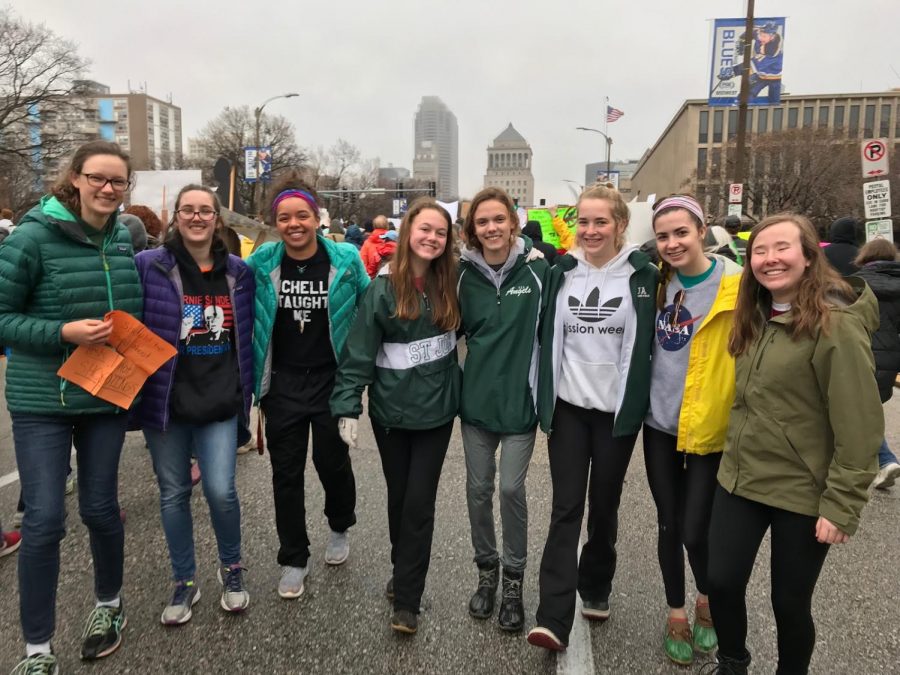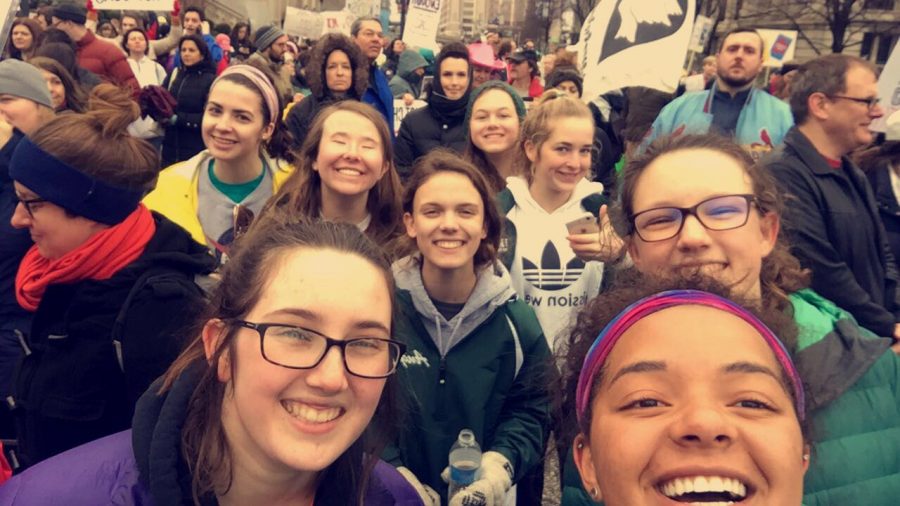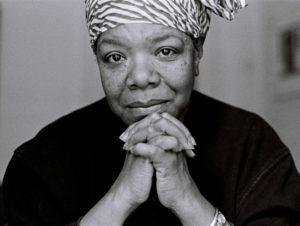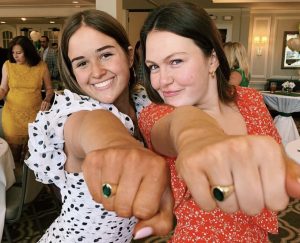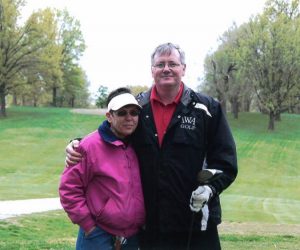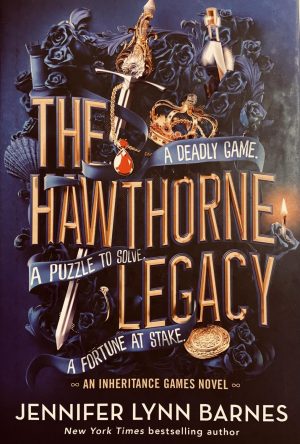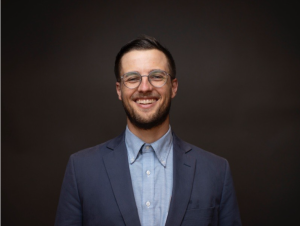The Movement to End Gun Violence
May 9, 2018
In recent months, the youth have risen as activists, using their experiences, opinions, and voices to demand change and seek justice. On February 14, 17 students and faculty were killed at Marjory Stoneman Douglas High School in Parkland, Florida. On April 20, 1999, 13 people were killed at Columbine High School.
In the United States, there have been too many school shootings for too long. After Parkland, the students there used their traumatic experience and tragedy as a platform to make changes that can prevent gun violence and school shootings. This involved telling Congress to make stronger gun laws and form alliances with organizations such as Everytown for Gun Safety, which is a movement to demand action and end gun violence.
On March 14, 2018, schools across the nation walked out to remember the students and teachers killed in Parkland just one month prior. On this date, cities across the world marched for protecting lives from gun violence and honoring lives lost due to this violence. Again, on April 20, 2018, students walked out of their schools to remember the Columbine shooting and further demand action against guns. This has become a movement of students, schools, states, and countries that are calling for changes in laws and protection and safety in communities.
As one of the largest responses to recent events, St. Louis hosted one of the March of Our Lives on Saturday, March 24 along with 800 other cities in the United States and the world, including every continent except Antarctica. The main one was held in Washington, D.C., where many students from Parkland were there and spoke as well as many celebrities and musicians.
More than 200,000 people marched in D.C., and there were about 12,000 at the St. Louis march. In St. Louis, the march began at Aloe Plaza across from Union Station and went towards the Arch but circled back to the plaza for a rally. Many elected officials joined the march, and there were speakers that consisted of students and survivors, including a Sandy Hook survivor. Senior Katie Powers read her poem “blood” in front of the crowd, which she wrote a couple years ago but it is featured in SJA’s Literary Magazine and was performed at SJA’s Poetry Slam. The last speaker was State Representative Bruce Franks, who shared his personal experience with gun violence and what he does a state representative to make change and what we can do. There were thousands of signs, many chants, and even voter registration and letter writing.
As a speaker, senior Katie Powers felt “humbled to have been able to speak a poem of mine after the march to stand in solidarity with every single person, family, and community affected by any form of gun violence, including the homicide, suicide, domestic violence, police brutality, and accidental shootings that collectively plague our country. The call for common sense gun regulation has been voiced for a long time, but the budding movement that arose from the tragedy in Parkland is becoming both inspiring to the country at large and inclusive of the voices that have been pushed aside for too long.”
When reflecting on her marching experience, senior Claire Shackleford stated, “I think the march was an incredible way to show Missouri Congress that the STL community is no longer going to stay silent when it comes making our city safer not only for students but for everyone.”
One of the next events in this movement was the National School Walkout on April 20, which marked the 19th anniversary of the Columbine High School shooting. Schools across the United States planned walkouts to protest gun violence. Many schools worked with administration to walk out of class and rally outside or even travel to another place with other schools, holding signs and making chants.
In St. Louis, Students Demand Action STL planned school walkouts and a rally outside of Missouri’s Attorney General Josh Hawley’s office. Public and private schools left school and traveled downtown, where hundreds of high schoolers as well as adults and elected officials came to speak out and demand change. This event was completely student planned and organized and received a lot of news attention.
By going to the rally, senior Claire Shackleford thought, “it was amazing to see high school students from all across STL come together to make sure our voices are heard on the issue of gun violence.”
On that day, St. Joe held a voluntary prayer service to remember and pray for the 13 people who were killed at Columbine and for the victims of all school violence, most recently at Stoneman Douglas High School. Around 75 people came to the outdoor theater during homeroom to remember the anniversary of the Columbine shooting, raise awareness of school violence, and pray for peace in our world. The Respect Life Club prayed, junior Sara Isaacson read “blood” by Katie Powers, and Mr. Jendraszak and Mr. Lodes spoke about Christ’s mission and calling for us in light of the violent events.
Lauren Gallagher saw that “the prayer service mourned the innocent lives lost due to school shootings and called for action to prevent future school shootings. Maggie’s speech was powerful, heartfelt, and inspiring. Respecting life calls for caring for and protecting the life and dignity of all people. Protecting our schools from guns and other forms of violence does just that. I hope that all people will recognize that protecting students’ and teachers’ lives is most important.”
All of these events are raising awareness of the gun violence in our communities and fighting for an end to it. Parkland survivor Emma Gonzalez, who spoke after the shooting and at the March for Our Lives, states that “everybody needs to understand how we feel and what we went through, because if they don’t, they’re not going to be able to understand why we’re fighting for what we’re fighting for” and that this is a movement and not a moment.



